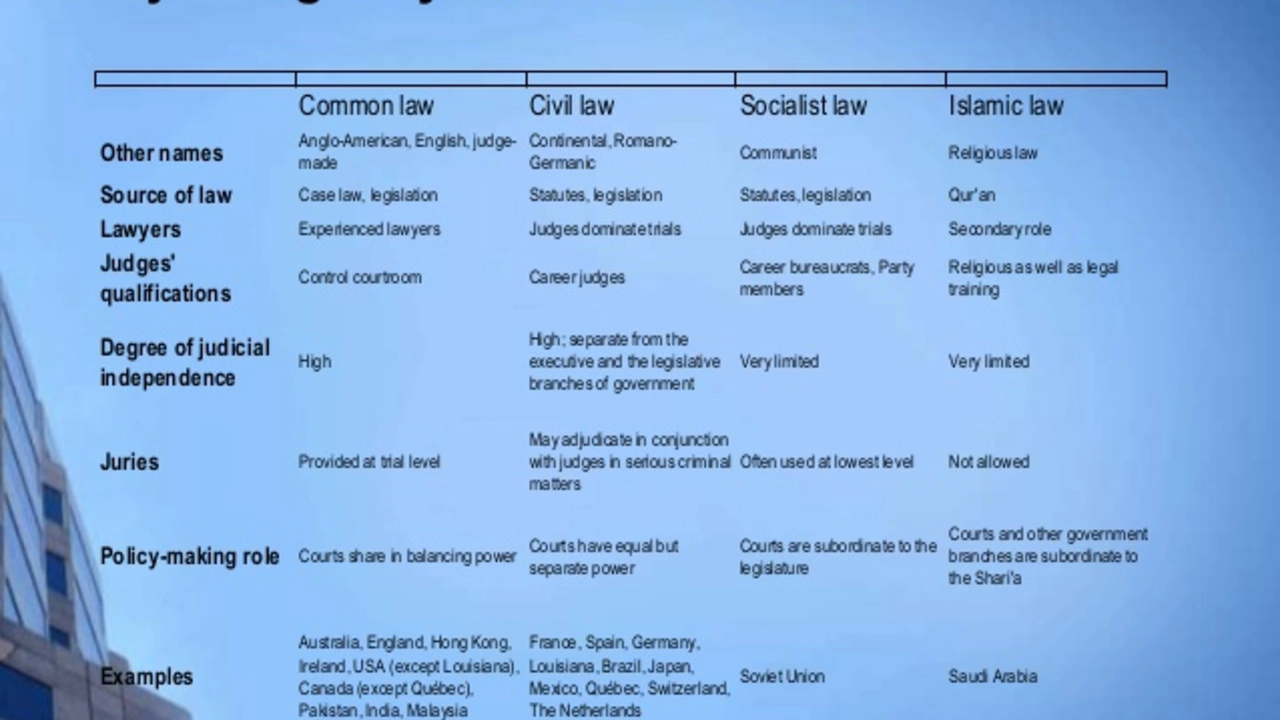Comparison: Why Analyzing Sports, Streaming, Pay and Viewership Matters
When you think about Comparison, the systematic act of placing two or more items side by side to spot similarities, differences and trade‑offs. Also known as contrast analysis, it lets fans, analysts and casual readers decide what matters most in any arena. For example, comparing Sports Rankings, ordered lists that rank games, teams or athletes by popularity, performance or revenue with Streaming Options, the various platforms and subscription models that let you watch live events reveals which service gives the best bang for your buck. Likewise, lining up Salary Disparity, the pay gap between athletes in different leagues or regions against Viewership Trends, shifts in audience numbers over time, especially among younger fans helps you understand why some leagues thrive while others stall. In short, Comparison ties these pieces together, acting as the bridge that turns raw data into actionable insight.
How These Themes Interact
Every comparison you make rests on three basic steps: gather data, apply criteria, and draw conclusions. For Sports Rankings, the criteria might include global fan base, broadcast rights income and tournament prestige. The data often comes from sources like Sportradar or league reports, which feed into ranking algorithms. When you switch focus to Streaming Options, the criteria shift to price, device compatibility, geo‑availability and ad load. By lining up these two sets of criteria, you can see, for instance, why a free YouTube TV trial beats a pricey Sky Sports package for a US viewer of the Ryder Cup. Salary Disparity adds another layer: overseas contracts, league revenue sharing and endorsement deals. When you compare the earnings of WNBA players in the US versus their stints in Russia or China, a clear picture of financial incentive emerges. Finally, Viewership Trends act as the feedback loop—if younger fans ditch a traditional broadcast for a streaming service, the league’s revenue model must adapt. These four entities don’t exist in isolation; each influences the others, creating a web of cause and effect that only systematic comparison can untangle.
Below you’ll find a curated collection of articles that put these ideas into practice. From a step‑by‑step guide on watching the 2025 Ryder Cup for free, to a deep dive on why WNBA players chase overseas contracts, and an analysis of the Super Bowl’s slipping youth numbers, each piece shows how comparison drives smarter decisions. Whether you’re a die‑hard fan, a casual viewer, or someone curious about the business side of sport, the posts ahead will give you concrete examples, useful data points and clear takeaways. Dive in and see how comparing the right elements can change the way you experience and understand the world of sports.
Why is the NFLPA the weakest union of the four major sports?
In my latest piece, I explore why the NFLPA (National Football League Players Association) is often considered the weakest union among the four major sports. It's been widely debated that they have less bargaining power and economic stability compared to their counterparts. This is partially due to non-guaranteed contracts and shorter career spans that NFL players face, which limit their negotiating leverage. Furthermore, the union's difficulty in achieving pension and healthcare benefits on par with other sports unions is a glaring issue. It's a complex situation that requires a deep dive to fully understand.
